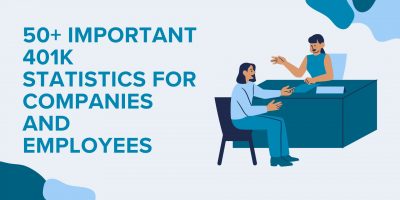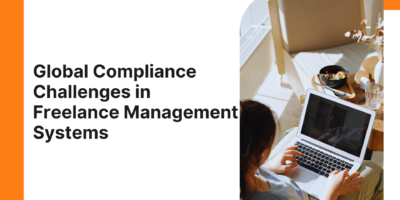
100+ Startup Statistics in 2024
Instead of following, startups create trends. But how big an impact do they have on the global economy and the workforce?

As the current workforce is rapidly aging, companies have to rethink and reevaluate their succession strategies. The cost of a bad hire at any level of the company is an issue. A bad hire for a CEO or other leadership position can have a major detrimental impact on a company.



Different software and services can help companies with their succession planning needs. Companies can see the top Succession Planning Solutions on the Shortlister platform.
Browse our curated list of vendors to find the best solution for your needs.
Subscribe to our newsletter for the latest trends, expert tips, and workplace insights!

Instead of following, startups create trends. But how big an impact do they have on the global economy and the workforce?

Optimize your 401(k) strategies with key insights for companies and employees, ensuring a secure financial future for all stakeholders.

As freelance work reshapes the global workforce, the pressure is on companies to get ahead of regulatory changes, not just keep up. Can freelance management systems address these compliance challenges?

Explore valuable intent data statistics to learn how it can help companies better understand prospects and offer adequate solutions to their needs.
Used by most of the top employee benefits consultants in the US, Shortlister is where you can find, research and select HR and benefits vendors for your clients.
Shortlister helps you reach your ideal prospects. Claim your free account to control your message and receive employer, consultant and health plan leads.